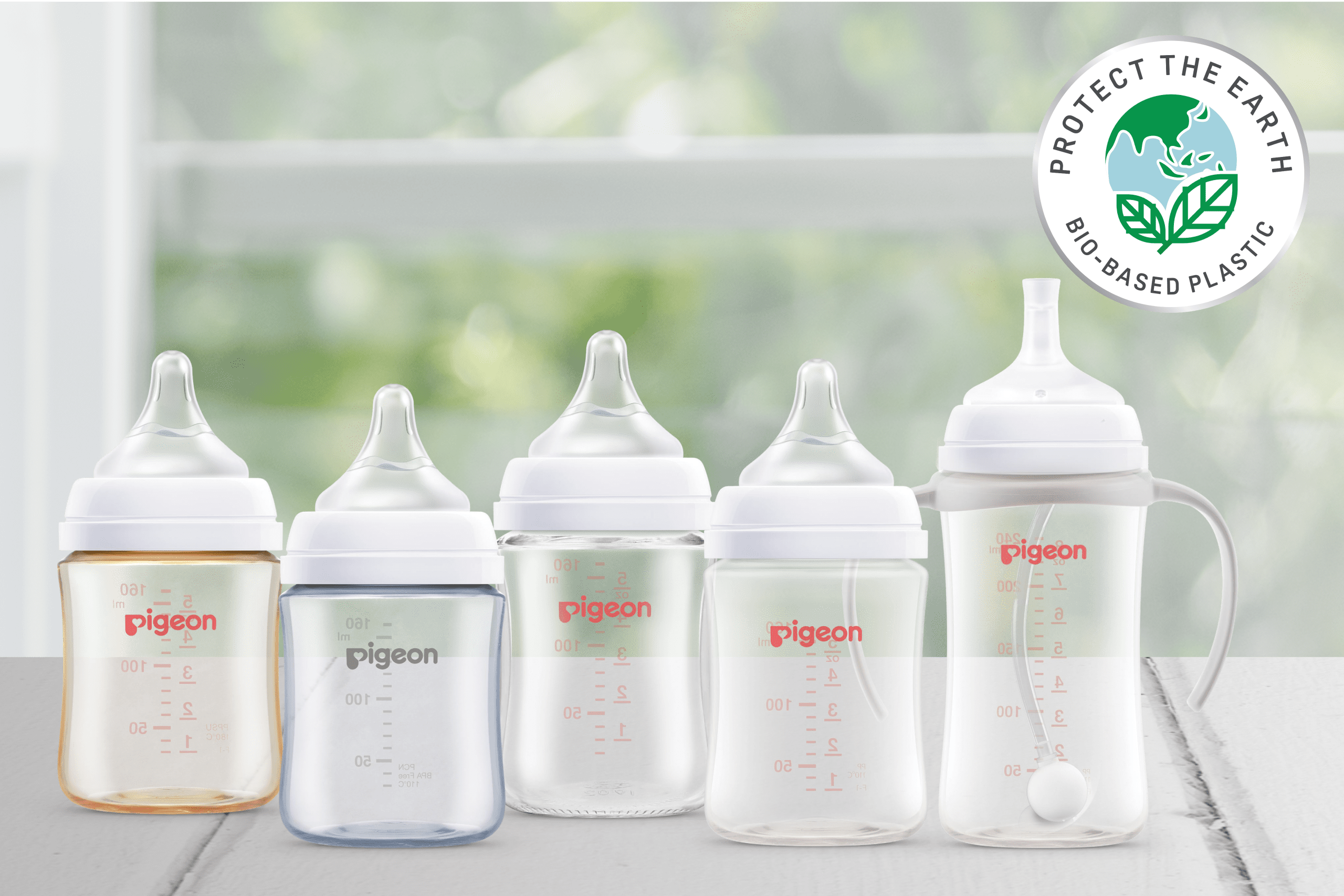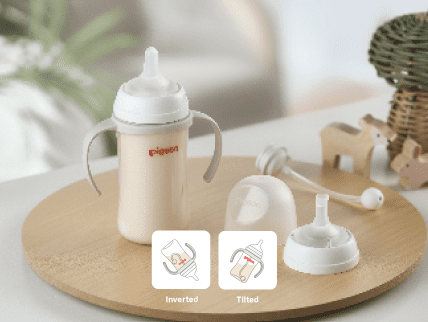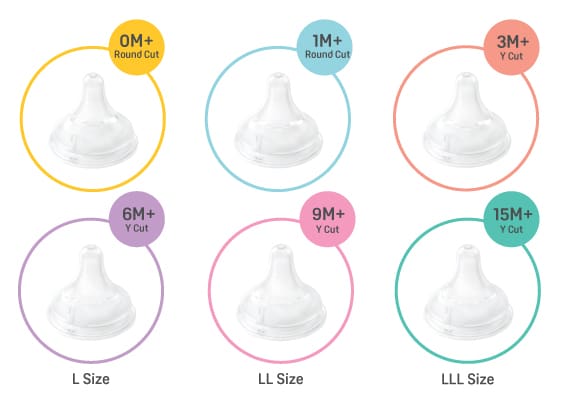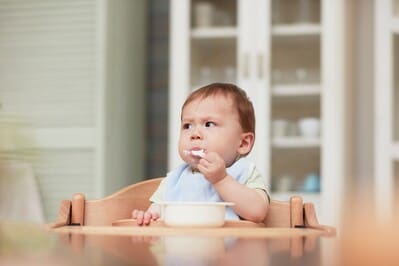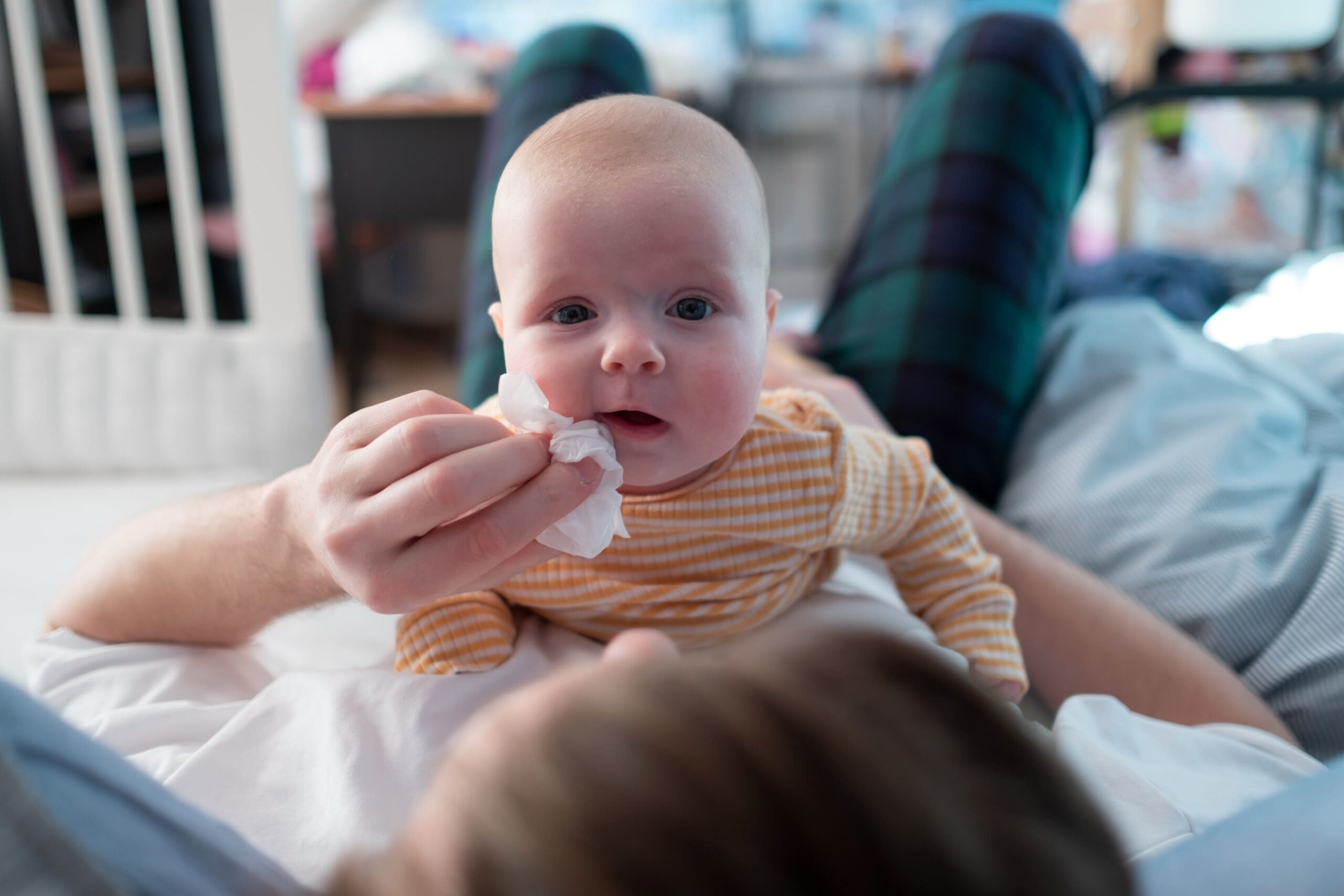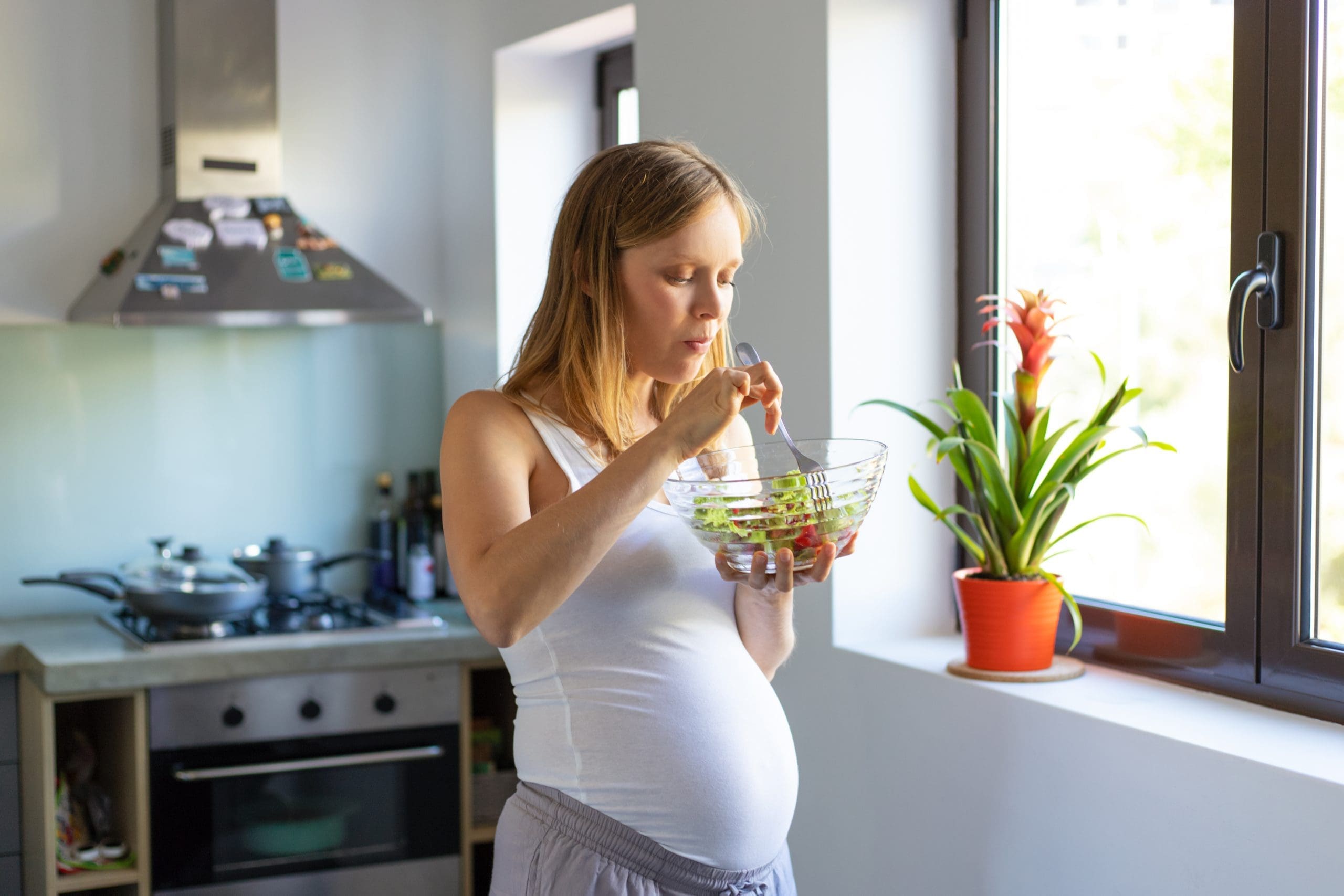5 ways to relieve toddler constipation
What causes constipation?
There are many possible reasons for the occasional constipation. It could be a case of insufficient water intake, or that your young one is not taking enough fibre. If your child seems to have constipation, try figuring out the obvious causes: Are you consistent with your child’s potty time? Has there been a change of milk formula, or was your child introduced to new foods recently? Other reasons could also be that your toddler is feeling stressed about potty training, or is avoiding the potty in order to not miss play time!
What are the symptoms of constipation?
The symptoms of constipation can occur a bit differently in each child. Some children may not have had a bowel movement for a few days, while some grunt and cry as they struggle to pass hard, dry stools. In some cases, toddlers may experience bloating, cramps, belly pain or insist that they are not feeling hungry. If you see your little one clenching his or her teeth or squeezing his or her buttocks, it is surely a sign that your child is trying to hold stool in. Small liquid or soft stool marks on your child’s underwear may also be a sign of constipation.
While constipation is a temporary problem, it can cause discomfort if the stool stays too long in the colon. This is because the colon absorbs fluids from the stool, causing the stool to become hard, dry and difficult to pass. As such, your child may experience painful bowel movements.
To help kiddo feel better, make the following adjustments to get your child’s bowel movements back to normal in no time!
- Drink up
Ensure your child is drinking enough fluids. Your child is still young and should be drinking mainly milk and water. Limit sugary liquids like carbonated drinks and juices and encourage your toddler to drink about 3 to 4 glasses of water each day. This should help prevent constipation. You can also get creative in getting your child to drink more fluids, such as by making popsicles, introducing a fun crazy straw, adding a bit of flavouring or chilling the water. A little fun will go a long way! You can kickstart their journey towards independent drinking by introducing the Spout Cup and simply step it up with fun characters Straw Cup when they are ready for an advancement.
- Take lots of fibre
Add plenty of fibre into your child’s diet. For instance, introduce a variety of vegetables, fruits and grains. This should be relatively easy as most children enjoy fruits such as raspberries, oranges and apples.
For maximum effect, keep the apple peel on as that is where most of the fibre is. Avocados – which are wonderfully creamy and tasty – are also a great way to increase your child’s fibre intake! Alternatively, sprinkle some chia seeds, which are high in fibre, into your child’s meal. Use the Pigeon Feeding Support Set designed for every kind of food that the baby is ready to try.
Bright coloured designs of the cutlery attract baby’s attention and interest in the foods! For a treat, consider air-popped popcorn as it is naturally rich in fibre. Avoid adding sugary and fatty toppings!
Don’t underestimate fibre — it definitely keeps things moving in the gut, so encourage your child to fibre up!
- No fast food
Children would clamour for chips, pizza and hot dogs any time of the day! While it is fine to let them indulge in fast food from time to time, do not allow excess fast food or unhealthy junk food. Chips, fried food, sweet desserts and candy may be colourful, tasty and appealing but they slow down digestion in our bodies.
Eating habits start early on, so try your best to keep your child away from fast food and refined sugars. Giving in to your child’s demands is certainly not in the interest of your child’s gut health!
- Avoid caffeinated drinks
Caffeine is a natural stimulant commonly found in foods such as coffee, tea and chocolate. While caffeinated drinks help us to be more alert, children are a lot more sensitive to the effects of caffeine. Not only does caffeine increase hyperactivity in children, it can also worsen stomach problems, create sleep issues, and affect their central nervous system on the whole!
In fact, sweetened caffeinated drinks such as sodas may even lead to dental cavities. The most worrying aspect of caffeine is that it causes the body to eliminate water, which could lead to constipation and dehydration in toddlers. Think twice before offering your child such drinks; choose milk or water instead!
- Create a routine
You can also help avoid constipation by getting your child into a regular bowel movement routine. Even if he or she does not feel the urge to go, put your child on the potty every morning after getting up, and again in the evening and before bedtime. Pay attention to your child’s bowel movement pattern: Is there a particular time of the day? Does your child normally go right after eating?
Each time, put your child on the potty for at least 10 minutes. You may also wish to schedule in potty time after each meal. Once your child settles comfortably into a routine, you would have achieved a major milestone! If your child resists potty time and does not want to go, one useful tip is to work around this by getting your child to go to the potty before play time.
As parents, you can reinforce good potty behaviour by showering plenty of praises or by starting a star chart or giving stickers. This is because constipation can be overcome with healthy bowel habits and a well-balanced diet.
Cheer your child on even if there is no poo, and encourage your child to respond to his or her body’s urge to poo. Embrace and celebrate each step of toilet training with your young one!
5 ways to relieve toddler constipation
